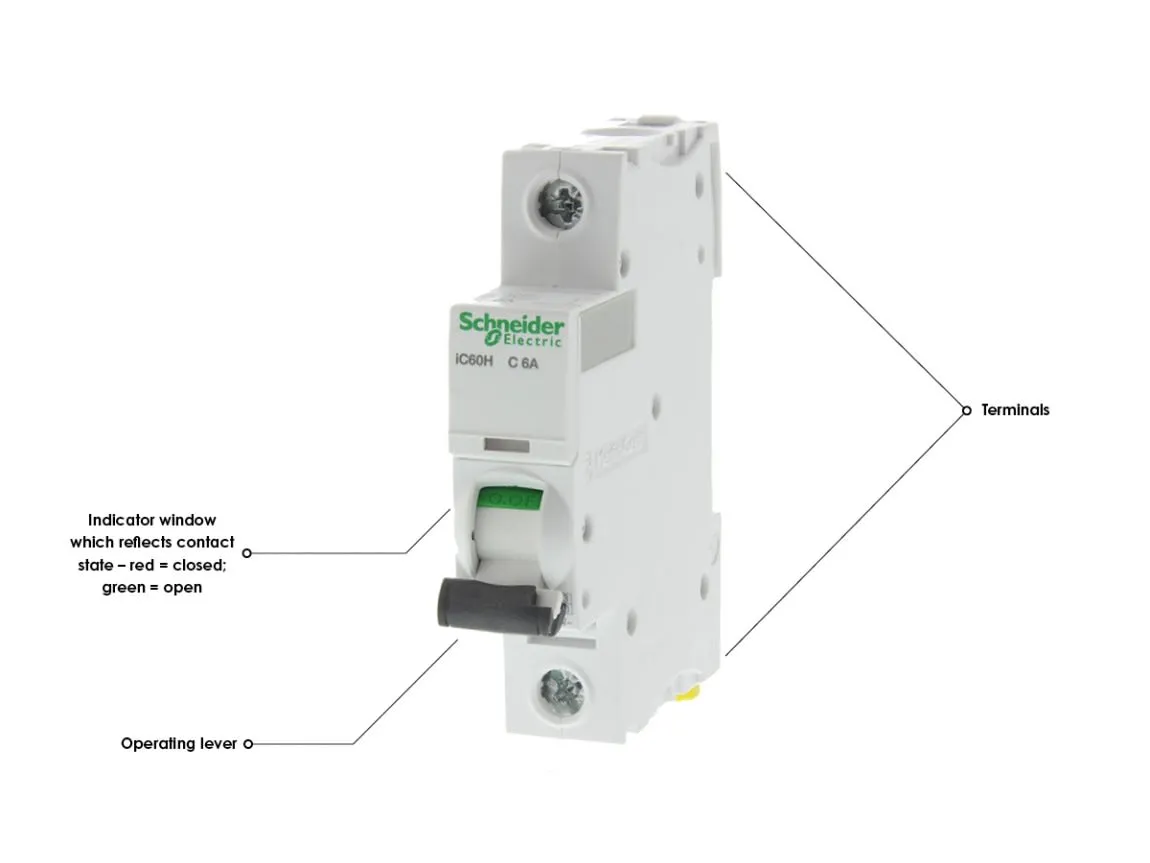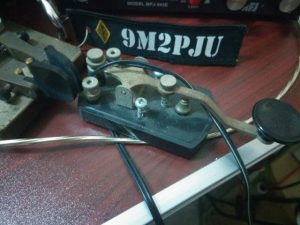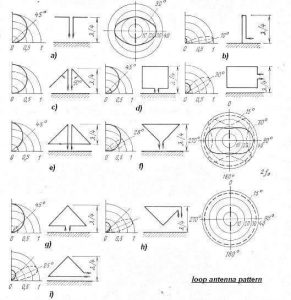electric
electrical
Electrician
electricity
home improvement
lighting
safety
wiring
circuitbreaker, electricalcodes, electricalengineering, ElectricalSafety, Electricians, firesafety, homeimprovement, homewiring, mcb, neutralwire, overcurrentprotection, powersafety, rcbo, rcd, wiringbestpractices
9M2PJU
0 Comments
Should You Install an MCB for Neutral in Home Electrical Wiring?
When designing or upgrading a home electrical wiring system, safety and compliance with electrical standards are top priorities. A common question that arises is whether we should install a Miniature Circuit Breaker (MCB) for the Neutral conductor. The short answer is: No, neutral wires should not have independent MCBs. However, there are specific cases where both phase and neutral are disconnected simultaneously using a double-pole breaker.
In this article, we will explore the technical aspects and safety implications of MCBs in home electrical wiring, specifically their role concerning neutral connections.
Understanding the Role of MCBs in Electrical Wiring
MCBs are essential protective devices that prevent electrical overload and short circuits. They automatically disconnect a circuit if excessive current flows through it, preventing damage to electrical devices and reducing fire hazards.
However, MCBs are designed primarily for the Live (Phase) conductor and not for the Neutral. Here’s why:
1. Electrical Circuit Functioning
- The electrical circuit consists of a Live (Phase) wire that supplies power and a Neutral wire that completes the circuit back to the distribution panel.
- The current flows from Live to Neutral, and in normal operation, the Neutral wire is at or near ground potential.
- MCBs are meant to interrupt excessive current flowing from the source, which only happens through the Live wire.
2. What Happens If You Install an MCB on Neutral?
If an MCB is installed on the Neutral wire, it introduces several risks and technical issues:
A. Breaks the Return Path Without Fully Disconnecting Power
- If an MCB on the Neutral trips while the Live conductor remains active, the circuit appears disconnected but still has dangerous voltages present.
- Appliances and wiring may still be energized, creating an electric shock hazard if someone touches the wiring.
B. Compromises the Functioning of Protective Devices
- Residual Current Devices (RCDs) and Residual Current Breakers with Overcurrent Protection (RCBOs) work by detecting current imbalance between Live and Neutral.
- A separate Neutral MCB can cause incorrect operation of these devices, leading to false trips or failure to trip during an actual fault.
C. Potential Fire Hazard
- In case of a short circuit, the Live wire should be disconnected immediately. If only the Neutral MCB trips, the Live conductor may still carry full voltage, increasing the risk of fire and equipment damage.
When Should You Disconnect Both Live and Neutral?
Although a single-pole MCB on Neutral is not recommended, there are cases where both Live and Neutral should be disconnected together:
1. Double-Pole MCBs for TT Earthing Systems
- In TT grounding systems, the Neutral is not directly bonded to the earth in the local installation, so it can carry significant potential differences.
- A double-pole MCB ensures that both Live and Neutral are disconnected simultaneously, reducing the risk of electric shocks.
2. Isolation in Certain Electrical Panels
- Some regulations require main isolation switches to disconnect both Live and Neutral, especially in environments with high safety risks, such as industrial or outdoor installations.
3. Emergency Shutoff and Maintenance Safety
- Double-pole circuit breakers are often used in critical systems where complete disconnection is necessary for safety reasons during maintenance or emergencies.
Proper Alternatives for Neutral Protection
Instead of an MCB, neutral conductors are usually protected using the following devices:
1. Residual Current Devices (RCDs)
- RCDs detect leakage currents and trip when there is an imbalance between Live and Neutral, preventing electrocution.
- These do not act like MCBs but provide an added layer of safety by disconnecting both wires when a fault is detected.
2. Residual Current Breakers with Overcurrent Protection (RCBOs)
- RCBOs combine the functions of an MCB and an RCD in a single unit, ensuring both overload protection and earth leakage detection.
3. Main Switches (Double-Pole Breakers)
- The main circuit breaker in a distribution board often serves as a double-pole breaker, disconnecting both Live and Neutral when switched off.
Regulatory Compliance & Best Practices
Most electrical codes worldwide, including IEC (International Electrotechnical Commission), NEC (National Electrical Code, USA), and BS 7671 (UK Wiring Regulations), discourage the use of MCBs on Neutral conductors. Instead, they emphasize:
- Protecting only the Live conductor with an MCB.
- Using double-pole isolation where necessary.
- Implementing RCDs or RCBOs for enhanced safety.
It is essential to follow local electrical regulations and consult a certified electrician before making modifications to home electrical systems.
Conclusion: The Right Way to Handle Neutral Wires
🚫 DO NOT install a separate MCB for the Neutral conductor.
✅ Always install an MCB on the Phase (Live) wire for overload and short circuit protection.
✅ Use double-pole MCBs or main switches where full disconnection of both Live and Neutral is needed.
✅ Ensure proper grounding and use RCDs/RCBOs for added safety.
Understanding these principles will help ensure your home electrical system is safe, reliable, and compliant with industry standards. If you are unsure about your installation, always seek professional advice from a qualified electrician.







Post Comment